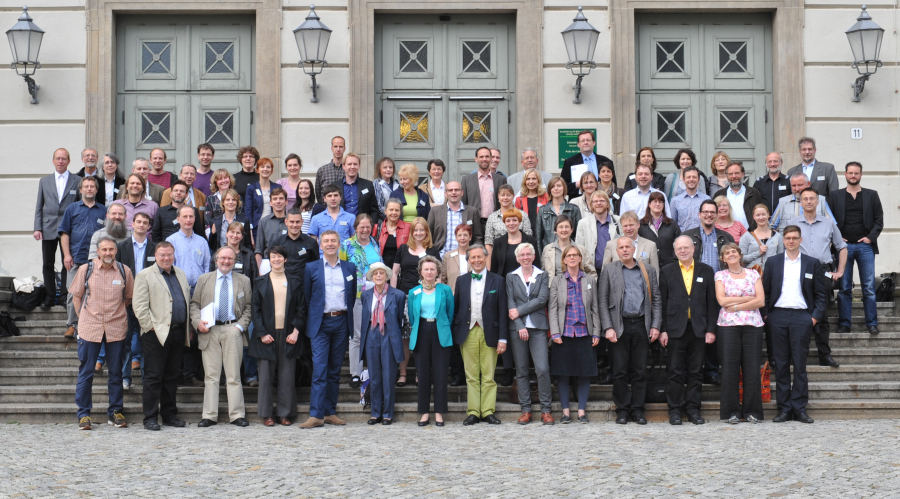/files/8114/3817/9905/background-depot-clear.jpg
The University Collections Network
Object-based scientific collections exist at practically all universities in Germany. These collections and their objects represent an indispensable basis for teaching and research in a wide range of disciplines. They are not only unique witnesses of the history of knowledge and science, but also a key element of our cultural heritage.
Facts and figures
The total number of objects in university collections in Germany runs into millions. They are currently distributed among more than 900 collections at 85 universities (for the latest data, see our web portal). They are being cared for by more than 1000 academic curators.
Diversity
The range of collections at universities covers a variety of disciplines, content-related areas of focus and research fields. These range from African studies, anatomy, archaeology and architecture, botany, chemistry, ethnology and earth science to mathematics, medicine, numismatics, physics, religious studies and zoology – to mention only a few examples.
University collections preserve a wide variety of materials and types of objects, some of which are not available anywhere else. The collections include preparations, rocks, minerals, drugs, specimens, coins, appliance devices, instruments, models, paintings, sculptures and graphics.
Relevance and potential
The university collections and the objects they contain are used in a wide variety of research contexts, including evolution, climate and biodiversity research, ethnological, archaeological and art history research projects as well as technology-, material- and scientific-historical studies. One and the same object may well be able to answer different questions from completely separated disciplinary contexts.
In university teaching, the collections and their objects are repeatedly drawn upon for demonstration and teaching purposes and also used as part of exhibition and publication projects.
The Network
Since 2010, collection representatives, curators and coordinators have been jointly engaged in developing strategies to ensure the continuation of academic collections and making active use of the collections in research, teaching and education. The University Collections Network meets once a year for a conference on collections. This provides the opportunity to present and discuss current collection-relevant developments, projects and issues.

At the university level
- Working groups, coordinating collection representatives and central institutions at the universities are all actively involved in matters relating to the collections.
- Many universities have websites with information on the collections. In some cases, it is even possible to undertake research on objects using the available databases.
- Digitisation projects, object-related teaching and research projects and congresses, lectures and conferences all deal with university collections.
The Coordination Centre
- The University Collections Network relies on the support of the Coordination Centre for the purpose of further developing and promoting the exchange between the collections.
- The Coordination Centre website serves as a communication platform for the collections and the newsletter provides up-to-date information.
- Collection representatives, curators and coordinators can use the University Collections Network mailing list to exchange and discuss issues on an informal basis.
- With its central, long-term web portal ‘Wissenschaftliche Sammlungen digital’ (Scientific Collections online), the Coordination Centre contributes towards improved digital networking and the visibility and availability of university collections. The portal links information on objects and collections as well as digital reproductions of objects, making them accessible in a variety of ways. They are available for research and teaching and demonstrate the capabilities and relevance of university collections at the same time.